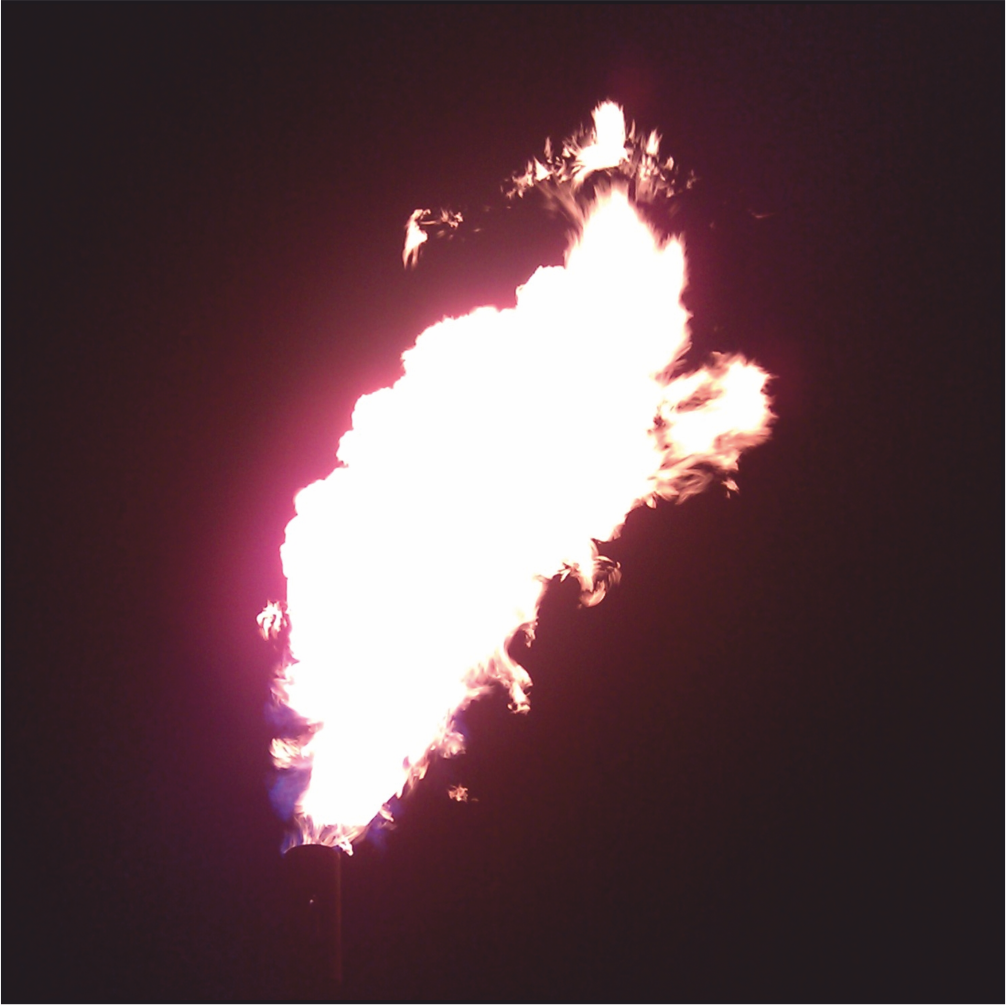The good, the bad and the ugly? – or the past, the (still) existing present and the uncertain future of the hydrocarbon exploration in the Pannonian Basin – Review
Abstract
The history of hydrocarbon exploration in Hungary now covers more than a century. Starting with the simple tools used initially and surface maps, the domestic hydrocarbon exploration grown by now into a multidisciplinary, complex industry, following and applying international trends and techniques. From time to time, new exploration techniques have been introduced in the constantly “maturing” Pannonian Basin, and significant discoveries have been made, which indicate the continuous development and success of the professionals involved. In this paper, the authors do not aim to summarise all exploration results or applied technological innovations in chronological order. Nevertheless, we would like to present the ones that have significantly contributed to the current effectiveness of the exploration as milestones, at least in our opinion. All eras have had and have such significant technological development and discoveries which further development could not have taken place, or would have followed a much more difficult path. It is enough to think of the Eötvös pendulum, the routine application of 2D and – much later – 3D reflection seismic measurements, the spread of computers in the exploration workflow, or today’s complex geological models not to mention the significant break - through, such as Hajdúszoboszló, Nagylengyel, Algyő, or the recently discovered fields.
Past, present, future. There is concrete knowledge and factual material about the former two, regardless of whether we have to talk about good or bad things. However, the future is challenging both for the global and for the Hungarian oil and gas industry. Exploration of a mature hydrocarbon province is difficult not only because of the remaining undiscovered field sizes are expected to be rather small, which are mostly at the limit of commercial success and requires a complex technology. Despite the increasing demand of resources as supply chains are “short-circuited” due to globalization, high economic dependence, the energy policy chosen by the European Union as a whole it is a significant challenge that is becoming increasingly difficult for E&P companies and professionals. We also try to outline some possible technical solutions to these challenges, some of which may really lead to a not so ugly future.
















